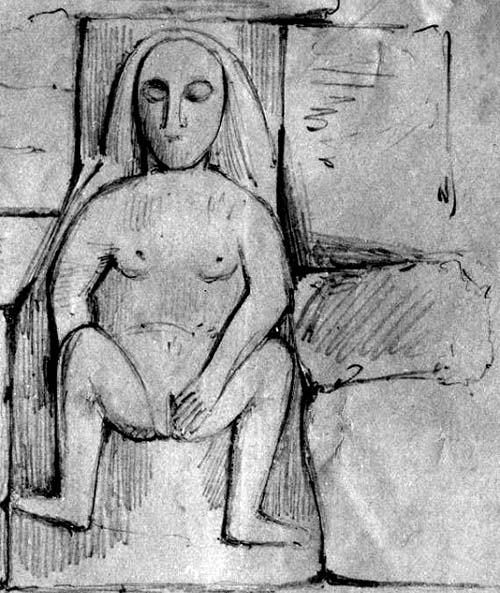In 1839, on today’s date, (January 6th, latter the Feast of the Epiphany), a devastating hurricane passed over Ireland leaving many dead and thousands of people homeless as the wind caused mass structural damage to homes across the country. The event is referred to as the “Night of the Big Wind”, (Irish – Oíche na Gaoithe Móire).
Today, January 6th is also known as Women’s Little Christmas Day (Irish – Nollaig na mBan), or Old Christmas Day or Twelfth Night down here in rural Ireland, when no doubt mothers will be following the age old custom of rubbing the tail of a herring across their children’s eyes to give them immunity against disease for the rest of 2024. Local wells may also, as tradition has it, have their water turned into wine at midnight, with no one being permitted to observe this spectacle, or even to sample the well water, lest they be met with ‘mí ádh’ (Irish – bad luck).
Time to attract Tourism.
Seriously though, now during our winter months is the time for us to start planning for the year ahead in other ways, most notably for the future of our currently non-existent tourist trade, here in Co. Tipperary.
We understand that a discussion has already taken place in Thurles, with regard to the failure, over many years, to attract visitors to the town and county. Unfortunatly, other matters prevented Thurles.Info from attending that particular public meeting.
However, the result of that meeting appears to have generated little in the way of any future planning, except perhaps in identifying and regurgitating small bits of already well known local history.
Starting today and over the coming weeks, Thurles.Info together with Hidden Tipperary.com, will attempt to revive at least some enthusiasm in the effort to attract visitors to Thurles and the massive decline in street footfall, by offering some marketing ideas on how we can, working closely together, make tourism in Thurles and Tipperary a reality.
Suggested first project:
Make contact with local bus companies; Thurles accommodation providers; restaurants etc to put together prices for Bus Tours.
One Suggested Tour:
Offer an all-in tour of Tipperary Sheela-na-Gigs [Excel file here provides all the information required in relation to discovery], based and operated from Thurles town. Pass the above Excel File to bus operators in the locality to obtain their daily rate and contact local hotels and restaurants to acquire best group prices for accommodation and food. Based on the route used by the bus operator, contact with a hotel in one of the counties outlying areas will be necessary to acquire prices for a light lunch, leaving the provision of breakfast and dinner, to the hotel and restaurant sector in Thurles.
Having made contact with the above necessary service providers, a meeting should be convened and prices having been once accepted, should be keenly, and immediately marketed in time for the Summer of 2024, both at home and away, with no time lost.
While tourists from abroad may take more time to attract; visitations from home counties should show immediate interest, if proper marketing is undertaken using senior citizens clubs, walking clubs etc . It is important that an Irish Rail representative be also included in any future planning negotiations. It will be necessary also to provide a tour guide on all trips undertaken, and training for this undertaking can easily and immediately be undertaken.
What are Sheela-na-gigs?
Sheela-na-gigs are rare and ancient (c. 12th century) figurative architectural stone carvings (also known as grotesques) of female figures found on Cathedrals, Churches, Castles, and other historical buildings. Scholars debate the origins of these figures but some speculate that they may have been used to ward off evil spirits or may have had something to do with pre-Christian fertility or mother goddess religion.
While the greatest concentration of surviving carvings are to be found in Ireland, a few are also located in Great Britain, France and Spain.
Image above shows a nineteenth-century sketch of a Sheela-na-gig, currently preserved in the Royal Irish Academy, No. 19 Dawson Street Dublin 2, [Located at D02 HH58]. Same was formerly to be found on a tower house in Moycarkey, Co. Tipperary. Its whereabouts today, however, is presently not known, but somewhere, someone may know its present location.
This is not the first time that a looting of ancient Tipperary Sheela-na-gigs has taken place. Listen to and read related RTÉ Radio documentary HERE.
Note: Of the 124 known examples throughout the counties of Ireland, some 24 of these unique stone carvings are or were located within the boundaries of Co. Tipperary.
So let’s get started and begin to work together within our present tourism structure, if possible.


Leave a Reply